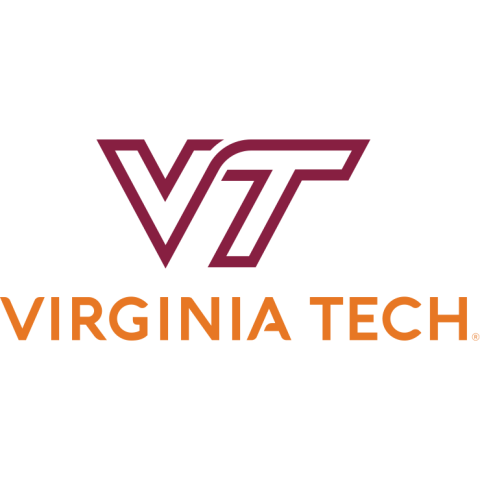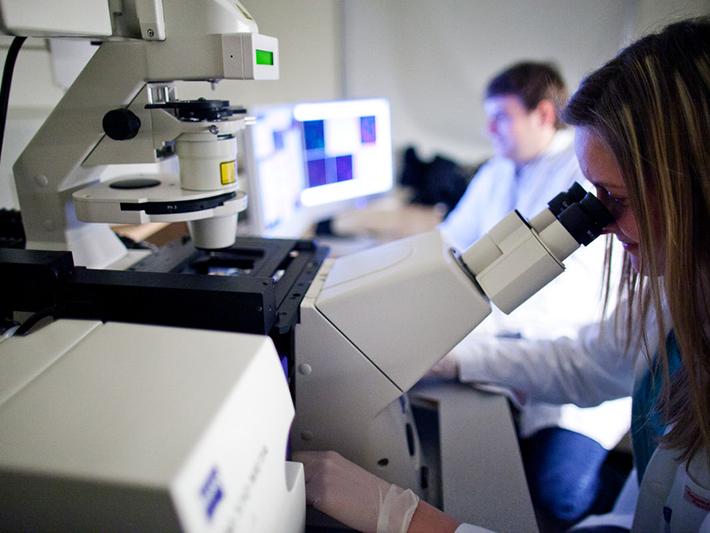
Leveraging international collaborations to tackle global health challenges
International collaboration is critical in countless fields and disciplines, and essential in biomedical engineering – lives literally depend upon it. By bringing together experts from different countries and disciplines, we can harness a wide and diverse range of knowledge, skills and resources. These collaborations can involve partnerships with academia, industry, healthcare institutions, government agencies and philanthropy, in developed and developing nations, and allow us to tackle global health challenges.
At Virginia Tech, I teach and run the Therapeutic Ultrasound and Non-Invasive Therapies Laboratory, where we develop histotripsy, a novel focused ultrasound technology, for the treatment of liver cancer and other clinical applications. For histotripsy to reach its full potential, we need to leverage transdisciplinary research teams that expand beyond the boundaries of any single institution.
- Embracing disagreement in research co-production
- Using a business framework to advocate for international research collaboration
- Resource collection: how to promote your research for greater impact
At the biomedical engineering and mechanics department, we can transform healthcare by developing technologies that improve diagnosis, treatment and patient care worldwide. To maximise global impact, I recommend inter-related strategies:
Understand limitations to improve access to technology
Virginia Tech Team Malawi is a great example of a transdisciplinary global collaboration. Created to address the limited access to affordable healthcare innovations in Malawi and other low- and middle-income countries, the vision for this initiative is to use a screen-diagnose-treat-prevent approach to improve community wellness for underserved populations.
Team Malawi, which was launched by Andy and Penny Muelenaer, collaborates with colleagues at the Malawi University of Science and Technology (MUST) to develop the portable and affordable ultrasound technologies needed at this locale for improving cancer diagnosis and treatment. We harness public-private partnerships to scale up the production and global distribution of medical technologies, ensuring they reach underserved populations. Importantly, the programme is being led by faculty and students from MUST, who continually liaise with teams at Virginia Tech.
Here’s a great example of this close working relationship – two recent MUST graduates, Ruth Mtuwa and Nathan Sambo, recently joined my lab as PhD students; when they graduate, they will return to Malawi to establish and direct the Team Malawi focused ultrasound programme. I emphasise here that local leadership is essential for creating a self-sustaining programme.
Check your ego at the door
There have been many points where members of this group could have siloed their work at their institutions, but we share a vision of helping patients around the world, and that far outweighs who gets the credit. The organic expansion of histotripsy is a direct result of this attitude.
Our first human liver cancer trial, the Theresa study, was led by Joan Vidal-Jove in Barcelona, Spain. Working with Vidal-Jove was an ideal option for translating histotripsy into human cancer patients for the first time since due to both his expertise in conducting previous human trials with a related technology as well as his inclusive and collaborative attitude towards conducting such a groundbreaking clinical trial. This successful trial led to a large international collaboration that would not have been possible without Vidal-Jove’s leadership. For the Theresa study, Vidal-Jove recruited an interventional radiologist, Xavier Serres, to join and co-lead the trial with him. The spirit of openness and inclusiveness between Vidal-Jove and Serres set the foundation for what grew into a large international research partnership that continues to move this new technology into clinical use.
One of the leaders of this collaborative international team, Fred Lee from the University of Wisconsin, once commented that, when it comes to research, one plus one equals three. I have found this to be true for every successful research partnership I’ve done, particularly those that involve international collaborations.
Align incentives and pursue sustained funding
Anyone who has tried to build an international research programme understands that funding is often the biggest hurdle. Once you build strong partnerships with aligned organisations, the next step is to understand the challenges that each stakeholder faces to ensure continued contributions to the success of the larger collaborative programme. This often requires significant effort and sustained funding for each member of the organisation. Sometimes this happens organically, as when an industry partner is willing to fund multi-centre clinical trials, but often it requires ongoing efforts to find ways to keep in place sustained funding for research and development aspects of the programme.
My field is driven in large part by non-profit organisations that support our international collaborations; for example, we work with the Focused Ultrasound Foundation, an organisation that connects researchers throughout the world and funds projects that involve partnerships between academic, industry and clinical institutions. This type of funding is essential to advance new technologies from the research lab into the clinic.
Educate the next generation
Empowering the next generation of biomedical engineers is crucial for sustained progress. A great example is offered by the two graduate students I mentioned earlier who will launch and direct the Team Malawi focused ultrasound programme in Africa. Additionally, undergraduate and graduate students in my lab interact with our international partners every week in virtual meetings, and many of them have also spent extended periods working directly with collaborators in France, Spain, Canada and Malawi.
Focus on global health needs
To achieve meaningful progress globally, biomedical engineering research and development must focus on addressing the most pressing health needs worldwide.
Achieving global progress in biomedical engineering depends on a collective commitment to collaboration, education and funding and understanding global health disparities. By working together across borders and disciplines, we can truly achieve transformative progress in healthcare and improve pressing health outcomes worldwide.
Eli Vlaisavljevich is an associate professor and the Kendall and Laura Hendrick junior faculty fellow in biomedical engineering and mechanics and director of the Therapeutic Ultrasound and Non-Invasive Therapies Laboratory at Virginia Tech.
If you would like advice and insight from academics and university staff delivered direct to your inbox each week, sign up for the Campus newsletter.




